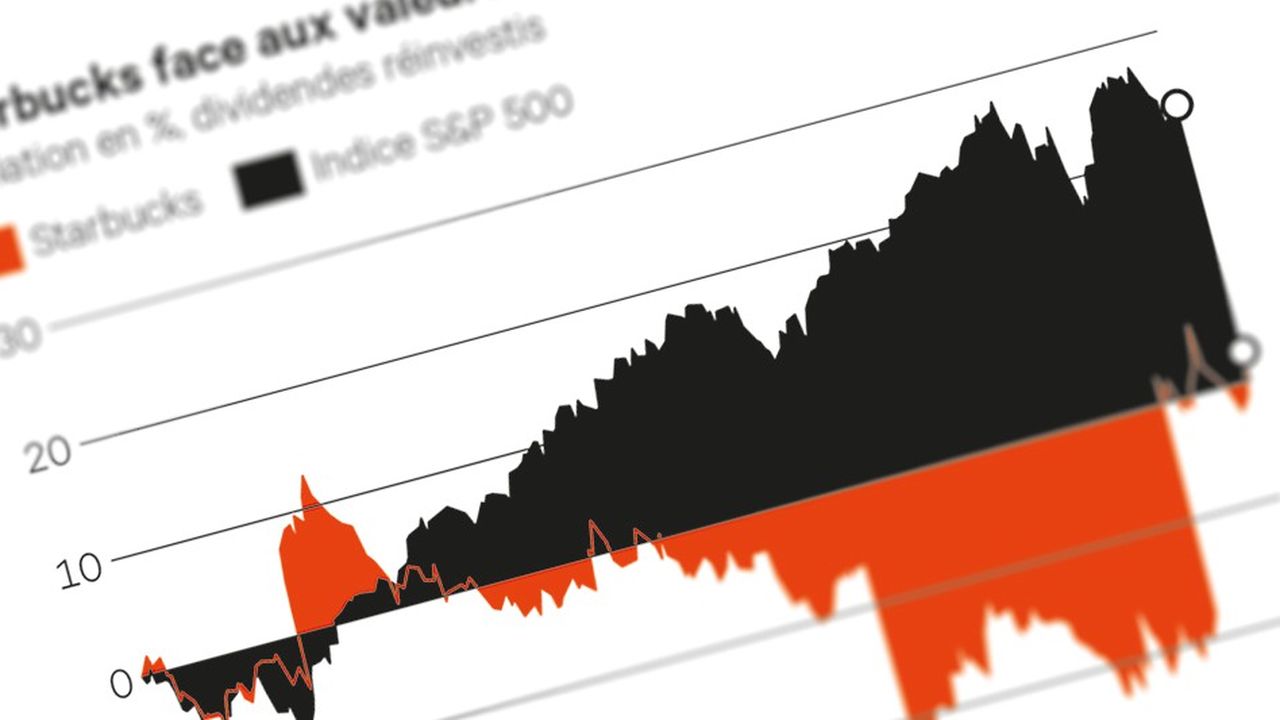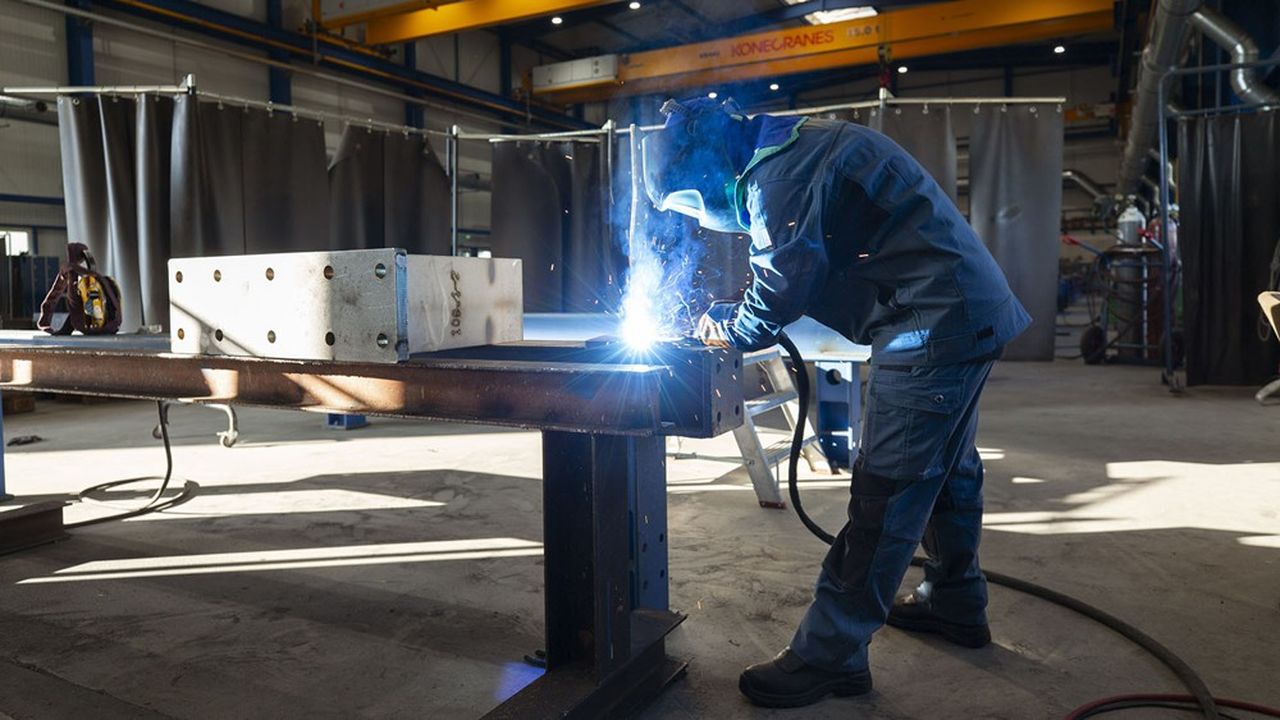
At a time when the trend is towards the relocation of industry, efficiency is an increasingly major issue for manufacturing companies. While automation has guaranteed many productivity gains in recent years, other levers must now be activated, first and foremost artificial intelligence.
Unfortunately, only 10% of companies today are realizing significant financial gains from AI, according to MIT. Even though manufacturing is the largest data-generating sector (over 1,800 petabytes per year, according to AWS), too many companies in the sector continue to rely on poorly structured data, making it difficult or impossible to interpret.
Given their older history, European and even American factories today suffer from a lack of modernity compared to Asian factories. Their more rigid infrastructures make digitalization processes slower and more complex.
To bridge this gap, efforts must be made, first and foremost the construction of a data architecture adapted to economic activity. In industry, for example, “graph databases”, which represent data in the form of a network, are particularly relevant for finding complex relationships. And guarantee significant time savings.
Moving from volume to flexibility
Beyond the form of data storage, we need to move away from a logic focused on volume, to focus on “actionability”. A state of mind summed up by Livio Mariano, Director of Mathematics and Systems at Altair: “The challenge is not to have data available, but rather to use it effectively and efficiently.” However, this requires significant technological and organizational changes.
Fortunately, in this logic, many specialists in the field are equipping themselves with software that allows them to store structured data, or even data that is ready for statistical or semantic analysis. However, the penetration of this software is only in its early stages: only 37% of companies have a single, centralized data warehouse.
Worse, in manufacturing, too many companies continue to use on-premises primary systems, making interpretation impossible. And projects with overly ambitious and poorly defined goals fail to produce results – what’s the point of a large, poorly maintained database?
Real-time data
Implementing a real-time data architecture brings gains in efficiency and productivity and allows you to compete with previously unreachable competitors. A key factor in the industry where retroactive analysis of data has only limited value on a production line, due to its rapid evolution.
80%
The share of companies that reported increasing revenues using real-time data in 2022.
Commonly referred to as “event-driven,” real-time data systems can be integrated with ERP or MES software to provide accurate information at any time, making decision-making easier and faster. These systems are not widely adopted in the industry, mainly because they are complex to integrate with existing systems. It will therefore take a radical paradigm shift to seize this opportunity that promises colossal gains. In fact, in 2022, 80% of companies reported increasing their revenue thanks to real-time data. Big Data would have been jealous of such statistics.
To facilitate the integration of real-time data within workshops, manufacturers would do well to rely on the proposals of certain start-ups. We can notably cite the best known, Confluent, which created the Kafka data flow platform, or AxonIQ, based in the Netherlands, Popsink and Pathway, in Paris, which offer ways to build pipelines or real-time data systems.
While, as we have seen, the appropriate use of data requires significant changes for manufacturers in terms of infrastructure and processes, the reward is worth the effort: freeing up more than a third of data scientists’ time.
The industry is at a crossroads. Either manufacturers take the turn of an ambitious and adapted data strategy and, in this case, we will win the bet of reindustrialization. Or we let the train pass, which condemns us to accumulate an irrecoverable delay.
Aurore Lanchart is an investment director at OSS Ventures.
Anaïs Monlong is a venture principal at Iris.










